
views
Selecting the Site

Pick a sunny climate with moderate rainfall. Sandalwood does best in places with lots of sun, moderate rainfall, and fairly dry weather for part of the year. They prefer a temperature range of 12°-30° C (53°-86° F). The annual rainfall should be in the range of 850-1200 millimeters (33-47 inches). In terms of altitude, they can handle anything between 360 and 1350 meters (1181-4429 feet), but prefer moderate altitudes of between 600 and 1050 meters (1968-3444 feet).

Choose soil with adequate drainage. Avoid any soil that has experienced waterlogging, which sandalwood does not tolerate. If you are planting in a sandy soil, make sure the water doesn’t drain too quickly. Sandalwood prefers red ferruginous loam. Sandalwood can also be planted in sandy soils, red clay soils, and vertisols. Vertisol is a type of clay-rich black soil that contracts dramatically in dry weather, creating deep mud-cracks. The soil pH should be between 6.0 and 7.5. Sandalwood tolerates rocky ground and gravelly soil.
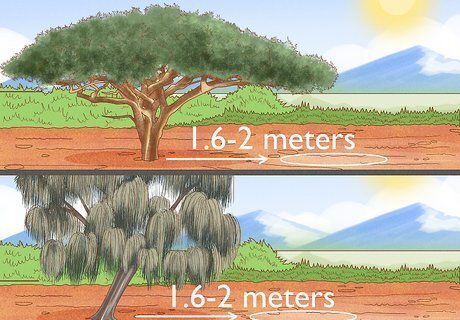
Plant sandalwood beside a suitable host species. Sandalwood can only thrive if it grows alongside another plant that produces fixed nitrogen, a type of natural fertilizer. The sandalwood tree connects its root system to that of the host tree in order to get the nutrients it needs. Ideally, you should plant your sandalwood next to an already-established host species, such as long-lived wattles (acacia trees) or casuarinas (a genus of tropical evergreens, including ironwoods and sheoaks). If you need to plant a host species, space them between the sandalwood trees at intervals of 1.6-2 meters (5.2-6.5 feet). Cajanus cajan (pigeon pea) is another good host species for sandalwood trees.
Germinating the Seeds

Soak and dry the seeds. Soak the sandalwood seeds for 24 hours. Let them dry under the full force of the sun. After 1 day in the sun, you should see a crack developing in the seed. At this point, it is ready for germination.
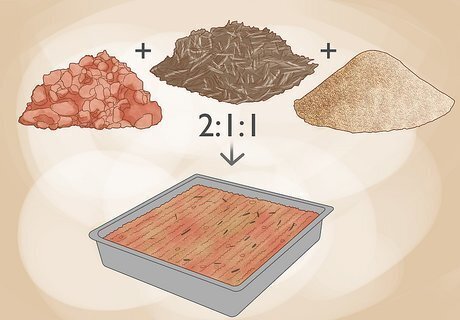
Mix the potting soil. You’ll need some red earth, cattle manure, and sand. In a wheelbarrow or other container, mix 2 parts red earth to 1 part manure and 1 part sand. Fill the planting tray with this mixture. If you plan to sow the seeds directly outdoors, fill the planting hole with this mixture before sowing the seeds.
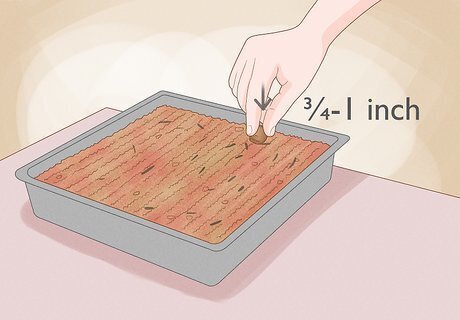
Plant the seeds. Plant the sandalwood seeds in a small container, such as a recycled carton or a planting tray. Fill the container with the prepared potting mix. Place the seeds ¾-1 inch (1.75-2.54 centimeters) below the surface of the soil.
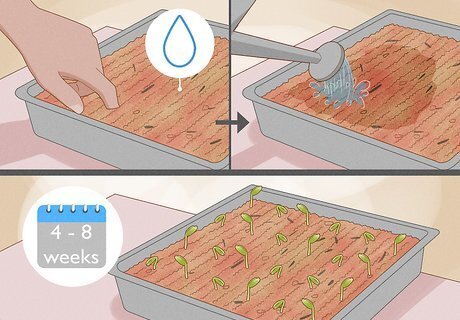
Water the seeds. Give a bit of water every day, but avoid waterlogging the soil, since the sandalwood tree prefers dry conditions. You should see the seeds begin to sprout within 4 to 8 weeks. To see whether water is needed, put your finger 1 inch (2.5 cm) into the soil. If your finger feels dry, you’ll need to water the soil. Avoid soaking the potting soil, since sandalwood seeds do not tolerate waterlogged soil.
Transplanting the Seedling
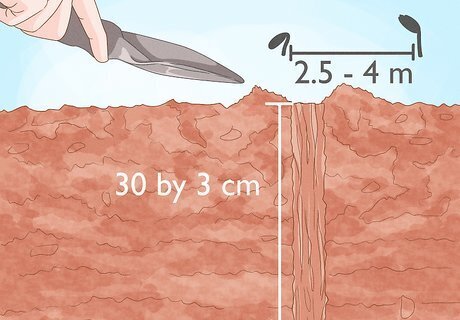
Dig a hole for the sandalwood seedling. You’ll need a small shovel or a trowel. Create a planting hole that is 30 by 3 centimeters (11 by 1 inches).
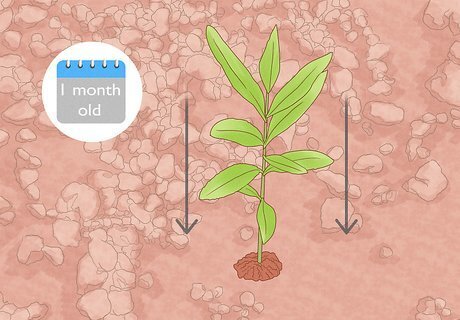
Put the sandalwood seedling into the ground. When the seedlings are around 1 month old, you’ll need to transplant them. Use your trowel to loosen the soil around the edges of the planting tray. Put your fingers along the sides of the tray and pull up the sandalwood seedling. Holding it by the root ball, gently place it in the planting hole. It is best to transplant the seedling in the morning before it gets too hot. Ensure that the space between the seedling and the planting hole is completely filled up with soil, since you want to avoid any potential waterlogging. Space the sandalwood plants between 2.5 and 4 meters (8 and 13 feet) apart. Avoid planting sandalwood in protected forest areas. In India, the best time to transplant sandalwood is between May and October.

Plant the sandalwood seedlings close to the host plants. You’ll need to plant the sandalwood seedlings within 1 meter (3.3 feet) of the host plants. Unless the tree fixes onto the host species within the first 2 years, it will die. The host plants should be at least 1 meter (3.3 feet) tall prior to direct sowing of sandalwood.

Weed thoroughly during the first year. You’ll need to remove any weeds that are competing for moisture around the sandalwood tree, especially during the first year. You should also make sure the host species does not take too much light away from the young sandalwood tree. If the host tree starts to grow above the sandalwood, tip the host species to the side or prune it. Remove any weeds that climb up the sandalwood.
Caring for a Sandalwood Tree
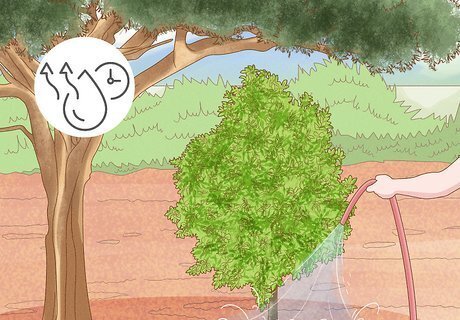
Water the sandalwood tree during dry periods. If you get a period of dry weather, water the sandalwood tree. Twice per week, give it half a litre (.5 quart) of water. It is best to water sandalwood in the evening, which prevents excessive evaporation. If your area gets below the recommended range of 850-1200 millimeters (33-47 inches) of rain per week, you’ll need to water the plants regularly.
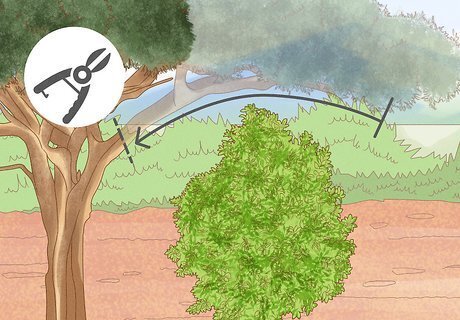
Prune the host species. If the host species begins to overshadow the sandalwood tree, you’ll need to prune it back. Otherwise, the sandalwood tree will not get enough light. Prune the host species so that it is a little bit shorter than the sandalwood plant, so that the sandalwood gets adequate sun.
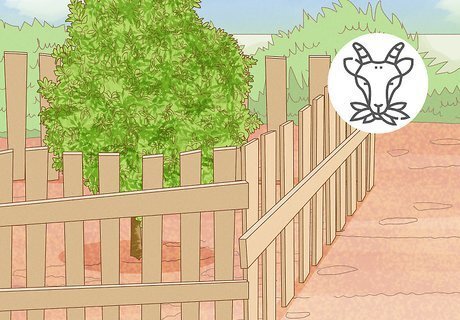
Protect your sandalwood tree from wild herbivores. Since herbivores love the taste of sandalwood trees, you’ll want to protect your plants. Avoid damage to your sandalwood tree by putting up a fence around the perimeter, which should help prevent herbivores from eating it.












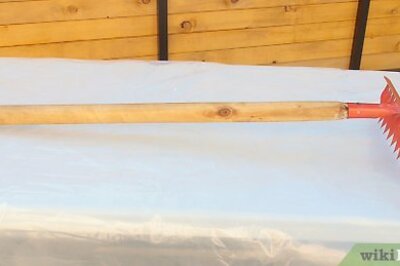







Comments
0 comment